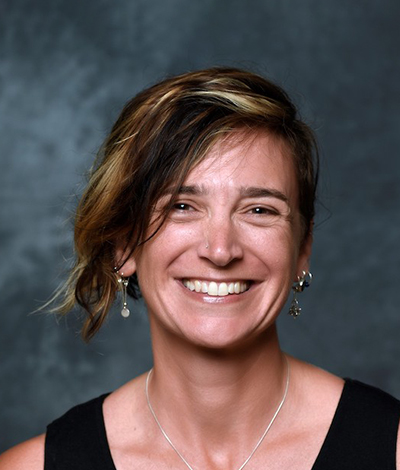Join us for November’s AAPG Women's Network 2023 Short-Short Course Series on Wednesday, November 29th from 9-11 am (CT) with Dr. Alicia Kahn to discuss biostratigraphy and micropaleontology, largely as it pertains to oil and gas exploration.
Join us for November’s AAPG Women's Network 2023 Short-Short Course Series on Wednesday, November 29th from 9-11 am (CT). This “short-short” course series is intended to provide our members with the opportunity to participate in interactive, hands-on activities, and leave the ~2 hour course having learned a skill that may come handy in their future career or research. The series is meant for people who want to expand their knowledge and skill-set for FREE and in a compact timeframe.
 Dr. Alicia Kahn
Dr. Alicia Kahn
We are proud to continue this series with Dr. Alicia Kahn, leading a course titled: “Applied Biostratigraphy: An introduction to the ecology and application of the major fossil groups used in the petroleum industry.” About the course: Through a mix of lecture and hands-on exercises, this course will discuss biostratigraphy and micropaleontology, largely as it pertains to oil and gas exploration. We will discuss fundamentals of evolution, time, and ecological niches. The three major fossil groups that are used in O&G will be the focus both, paleoceanographically and biostratigraphically. Biostratigraphy and its utility will be explained from data collection, to age interpretation, to geological interpretation, to integration with logs, seismic, litho-, and sequence stratigraphy. Practical application will be discussed in decisions and risking for real time drilling and post-drill framework building. You should leave the course with some understanding of the different fossil groups, their utility from both academic and industrial perspectives, how to optimize biostratigraphic data and its collection, how to plan a well using biostratigraphy, and then how to interpret the data once received.
For more information, contact [email protected]